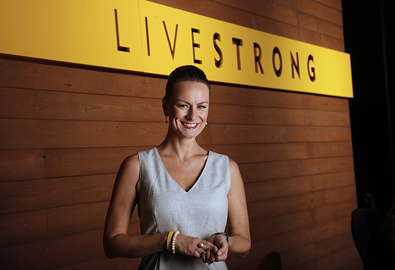The power of social media allows anyone, anywhere, to spread information easily and potentially go viral.
Unfortunately, the information we share may not always be accurate. This is exemplified through a recent article from the Austin American Statesman, which reported on a viral TikTok video that falsely claimed professors within the UT System could be punished, disciplined, fired, demoted or sent to jail for using the word “racism.”
Despite being untrue, the video gained significant traction, with over 379,000 views and nearly 100,000 likes as of Wednesday. This video is not the first nor the last of its kind.
This is just one example of the challenges of managing your brand in today’s social media landscape, where anyone can publish information that may damage your reputation. From negative product reviews to false information, it can be difficult to maintain control over your public image. So how can you protect your brand from this kind of misinformation?
It starts with being proactive.
You need to form clear, concise messaging that articulates your policies and positions.
Communications crises often snowball when people are left without clear information; and, thus, draw their own conclusions. This is especially precarious when partisan policies are involved: someone believes something contentious is true, they get on their soapbox, it spreads like wildfire.
Clear, accessible information about your policies allows everyone to verify if the information they are watching in a viral clip is real or not.
It’s important to practice social listening and be prepared to deploy rapid response.
Unless someone with celebrity status gets involved, there is often a slow up-tick on a post. If you — or, better, a communications team — are actively monitoring your social media, you can catch and address any harmful accusations before they go nuclear.
Know how to strategically discredit the misinformation.
Organizations and individuals can first issue statements on their own websites and platforms to combat a lie — but bringing in a reputable third-party ups the ante. A statement published by a news organization or an article like the one in the Statesman helps to bring additional legitimacy to the retort.
Being on the receiving end of a viral lie is not a happy position for an individual or organization, but with a strategic communications plan — you can help set the record straight.


